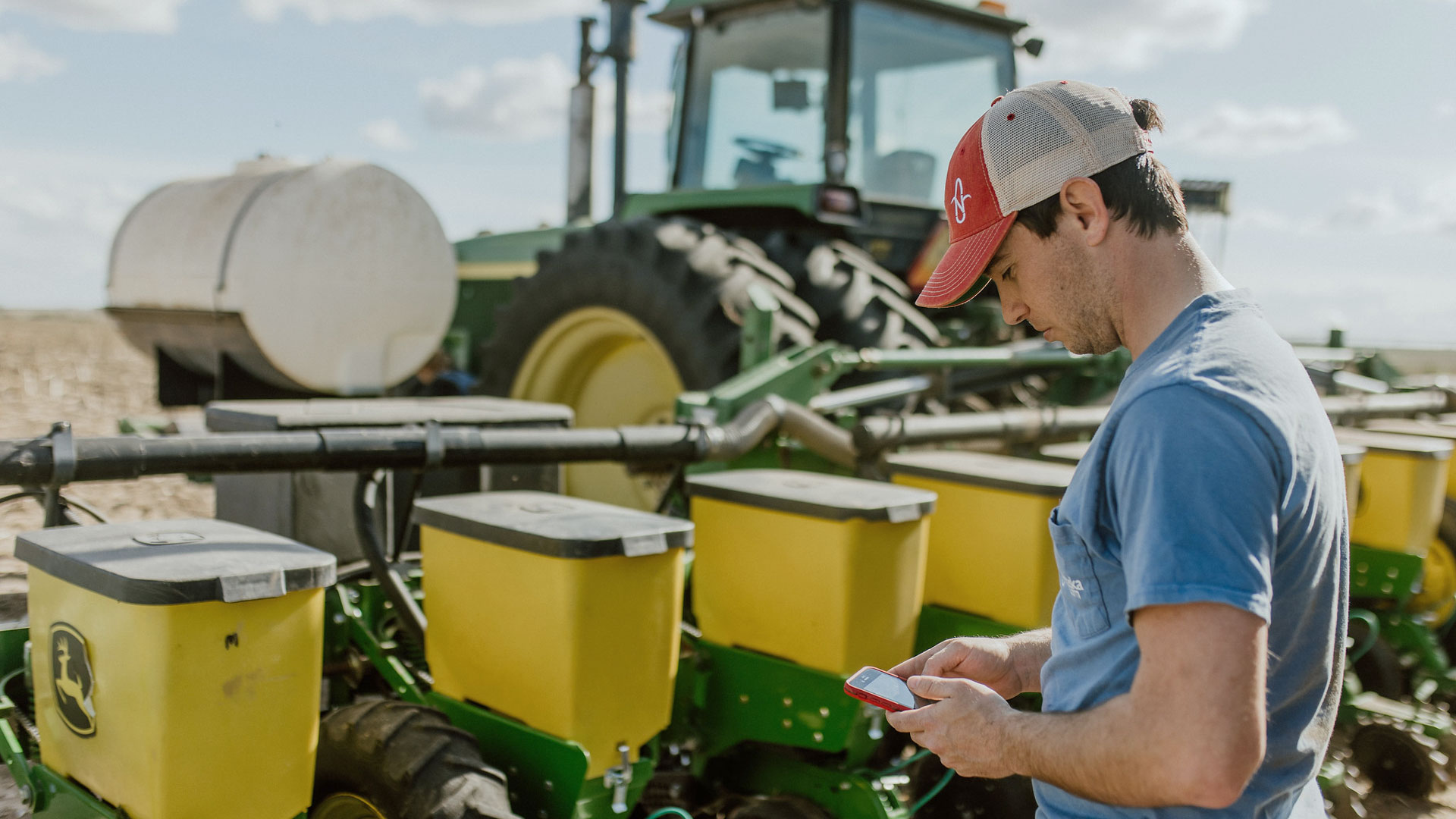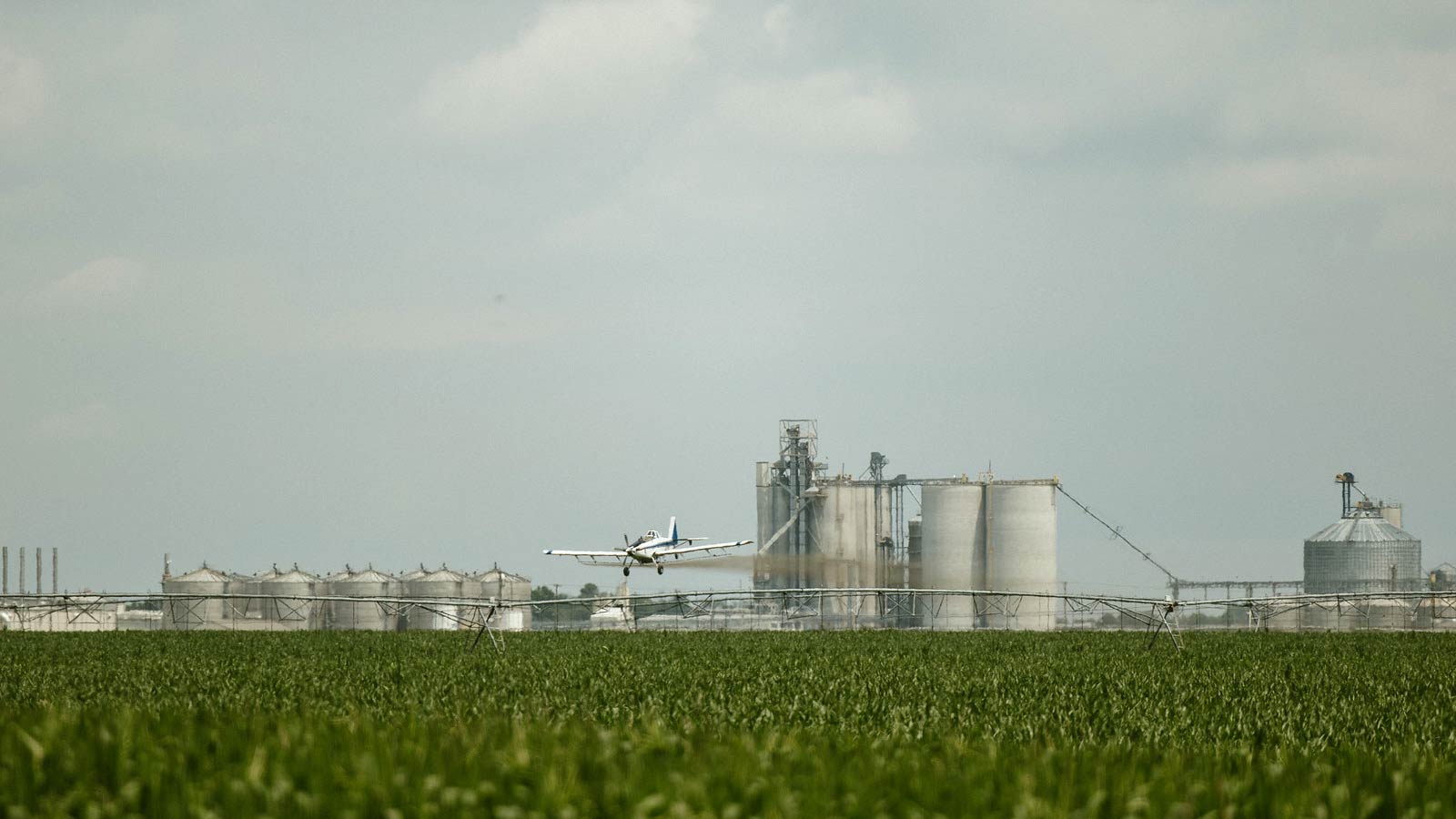In an ever-growing world with a continuously increasing population, farmers face the immense challenge of meeting the rising demand for food. Even more difficult, they must grow nutritious, tasty food — that sells for a price consumers can afford.
Genetically Modified Organisms (GMOs) have emerged as a vital tool. By harnessing the power of genetic engineering, scientists can develop crops, including corn, that possess certain beneficial characteristics. This form of research allows growers to raise corn plants that possess specific desirable traits such as pest resistance or drought tolerance. Growers use this technology to be more sustainable by growing more food with fewer resources to achieve a healthy crop.
Created with biotechnology, GMO crops have been on the market in the United States for about 30 years after decades of research and testing Commonly grown GMO foods include corn, soybeans, potatoes, tomatoes, apples and canola.
When it comes to farming, GMO seed varieties enable farmers to produce larger quantities of food efficiently, ensuring that the demands of an expanding population are met without compromising sustainability.
Here are five surprising benefits of GMO crops:
1. GMOs Help Fight Malnutrition
One benefit of GMO crops is that they can be developed to fight malnutrition and disease. Researchers do this by enhancing the nutritional qualities of the crops. Namely, they are able to fortify crops with additional nutrients or, if the crop already contains a desired nutrient, increase the amount of that nutrient in the crop.
These extra-nutritious crops are then used to combat vitamin deficiencies, disease and malnutrition in areas around the globe. This is especially crucial in developing countries where people experience chronic malnutrition and famines.
An example of GMOs being used to combat vitamin deficiencies is Golden Rice.
Created by adding beta carotene to rice through genetic engineering, Golden Rice is a critical tool in combating Vitamin A deficiency—especially in areas of Asia where rice is a staple of the diet. Golden Rice is credited with significantly reducing child mortality in some countries and increasing the overall health in others.
2. GMOs Make Crops Drought Resistant
One way GMOs have benefitted corn is through the development of corn varieties that can grow with less water and resources than the crop would normally require. Called drought-tolerant corn, this variety allows corn farmers to grow their crop in drier areas than the crop would normally survive. This allows for crop production in land that would normally need supplemental water , as well as better yields in lower-moisture areas.
3. GMO Crops Use Fewer Pesticides
Some varieties of GMO corn were developed to resist disease by pests that eat and destroy the crop. These increased protections enable the corn to better fight off these pests on its own, which means farmers can use less pesticides on their fields. This helps farmers protect the environment and also reduces the cost of growing the crop, which helps keep down the cost of corn-based products and food for consumers.
4. GMOs Promote Sustainability and Lower Food Prices
GMO crops also promote sustainable agriculture, because they allow more crops to be grown with less inputs. That’s because GMO crops can be grown with less water, fewer pesticides and achieve higher yields than many traditional seed varieties. Any savings farmers are able to obtain from not having to buy as many inputs helps support a healthy farm economy, prosperous rural communities and a strong and affordable food system.
GMOs help lower the cost of food because farmers are able to grow higher yields thanks to the pest- and drought-resistant properties of some GMO crops, including corn.
5. GMO Can Extend a Crop’s Shelf Life
One of the challenges of growing perishable products like fruits and vegetables is spoilage. Through GMO technology, scientists have produced crops that resist spoiling and have a longer shelf life. By extending the time frame a consumer has to buy a product, this reduces the amount of food waste from items that spoiled before they are consumed. It also extends the opportunity and length of time for sending the crops around the world to feed the population.




